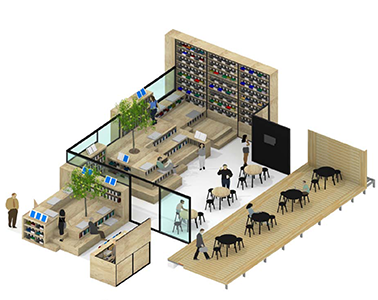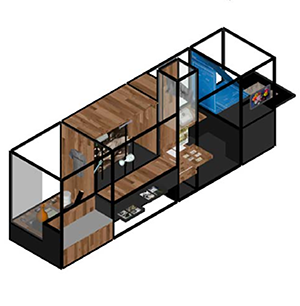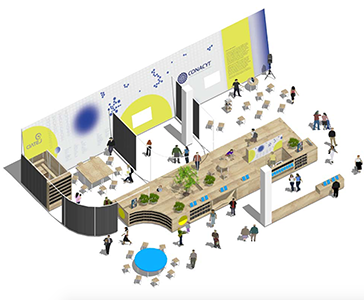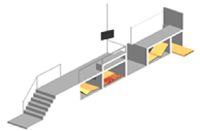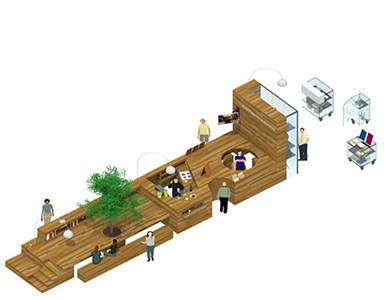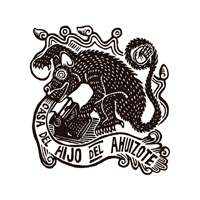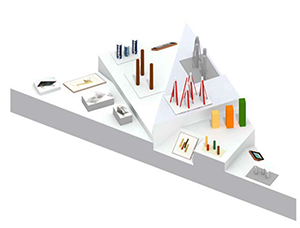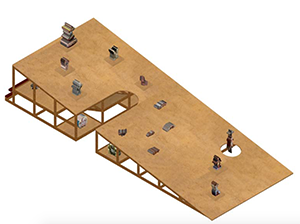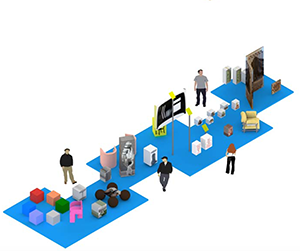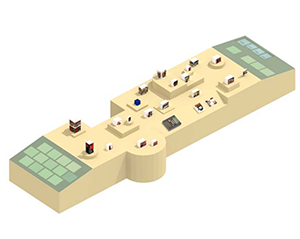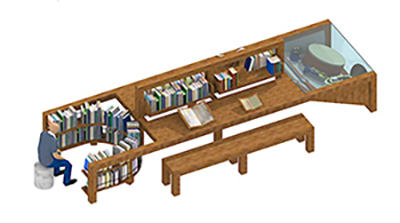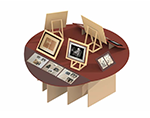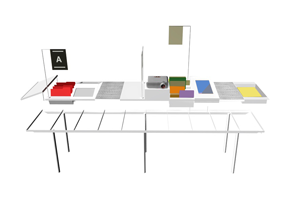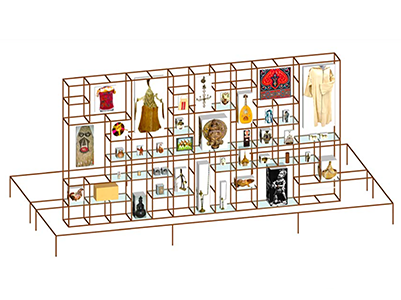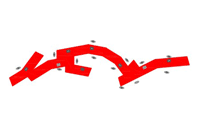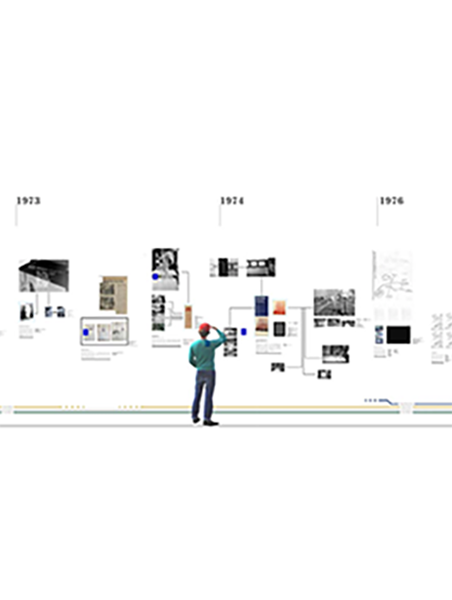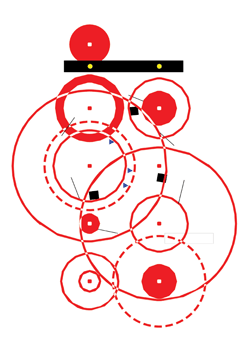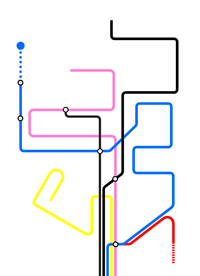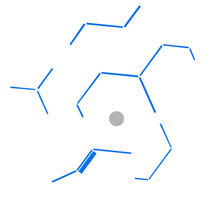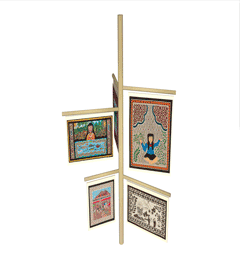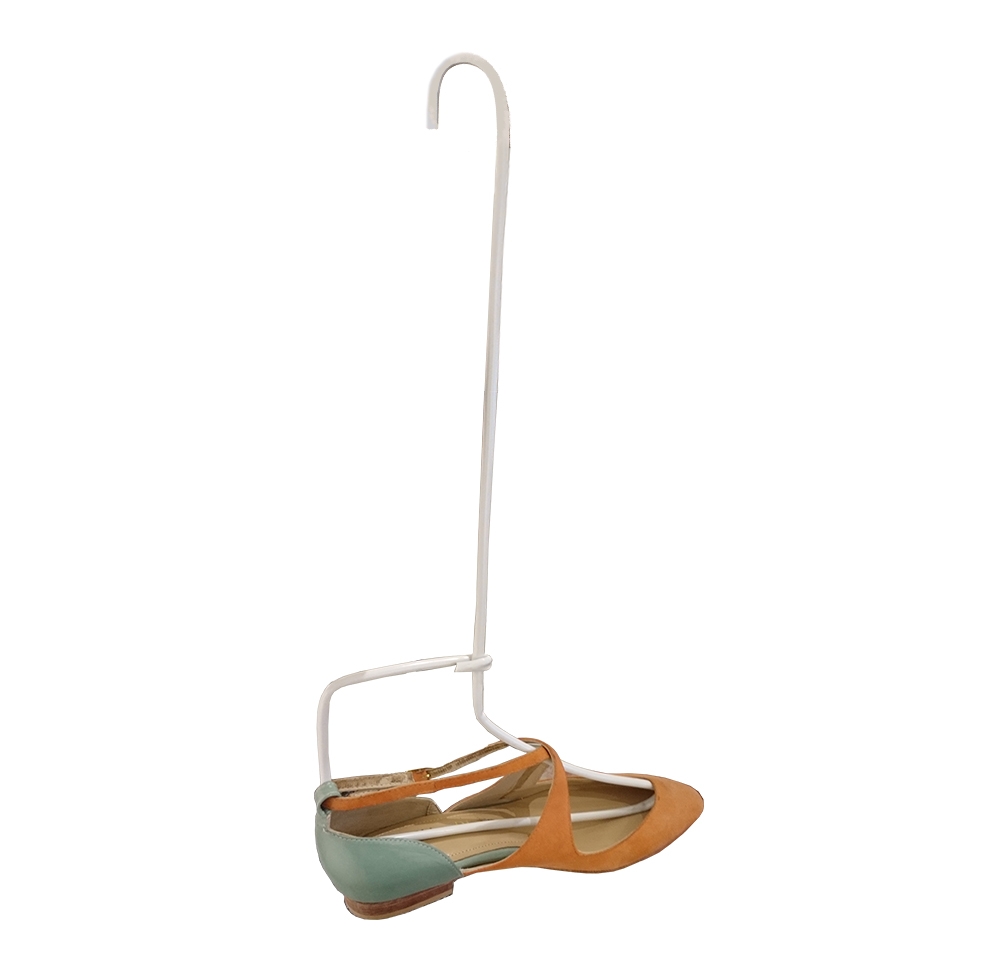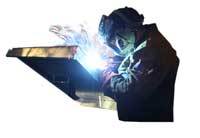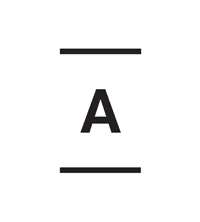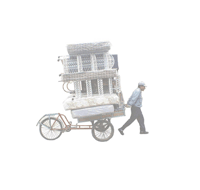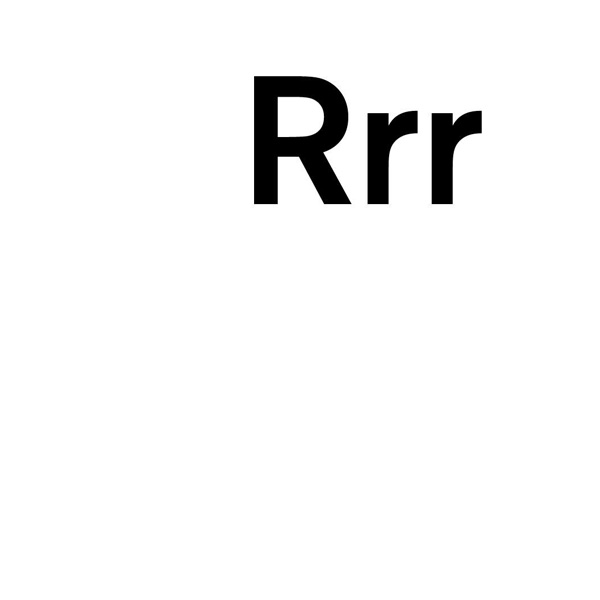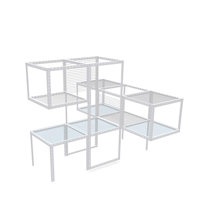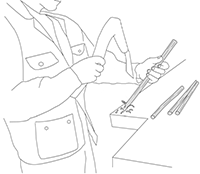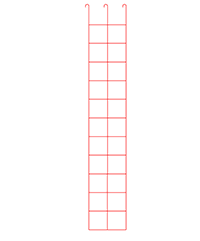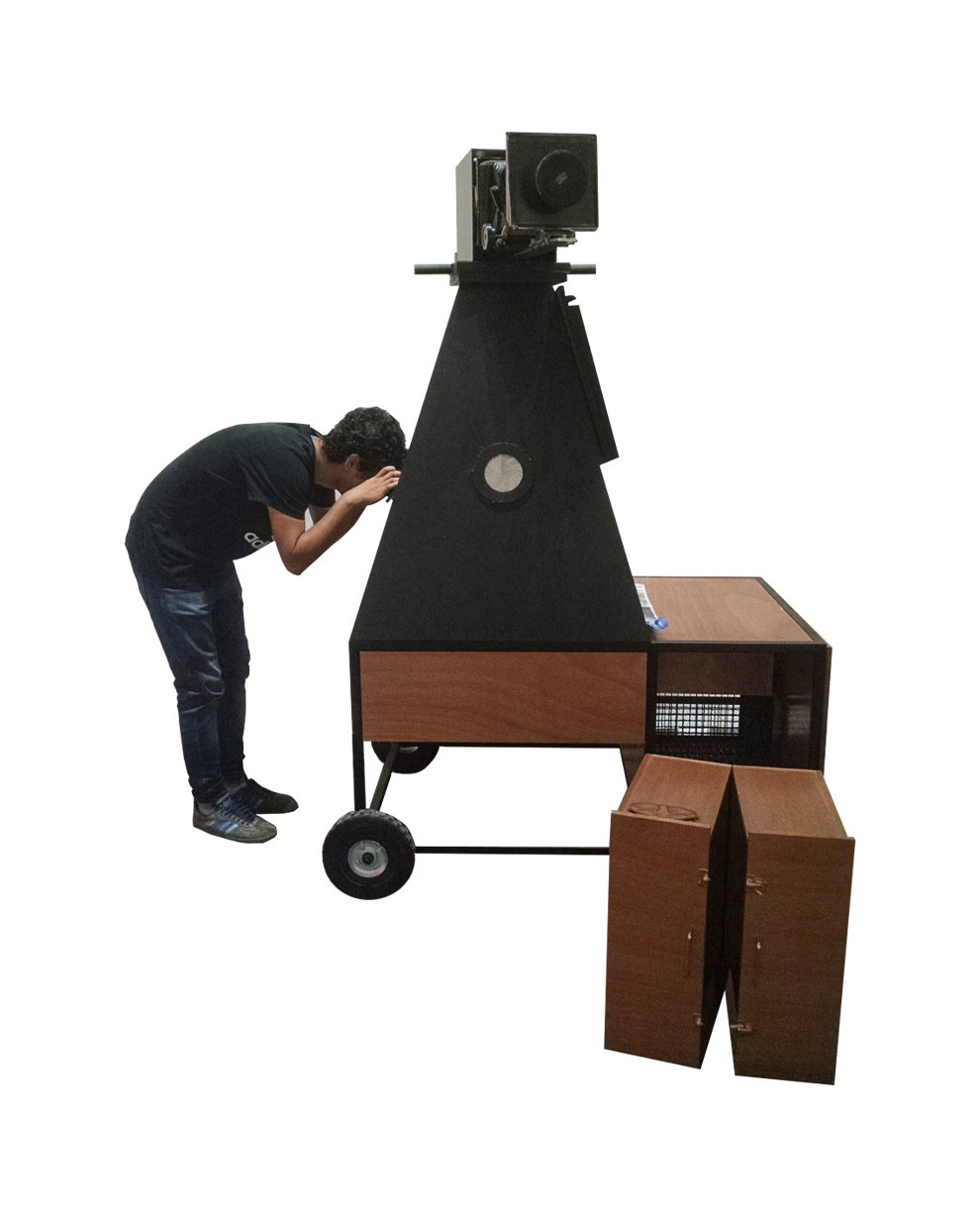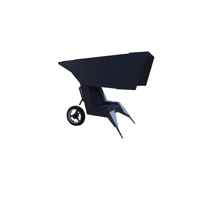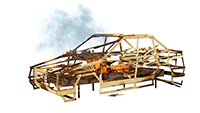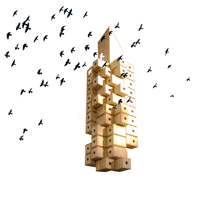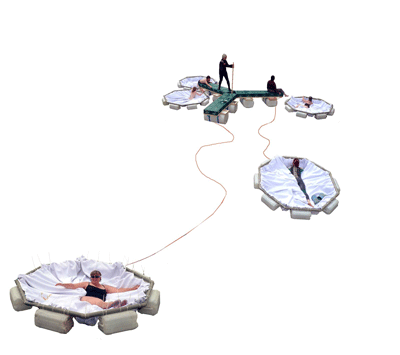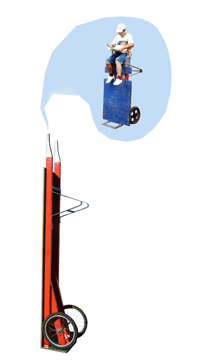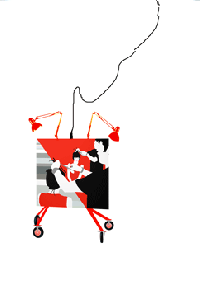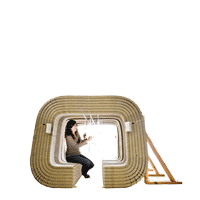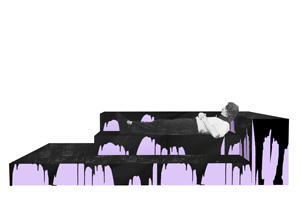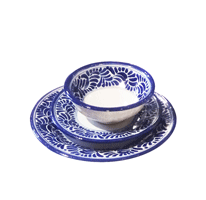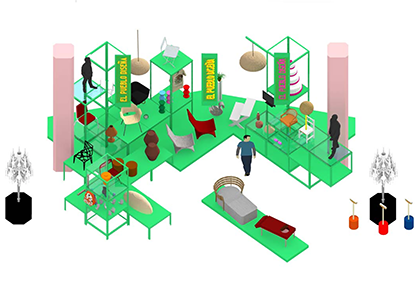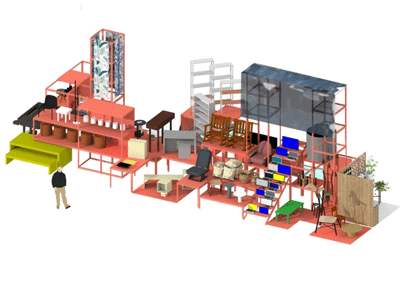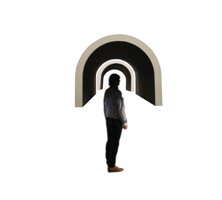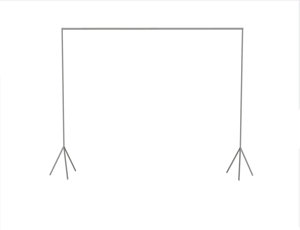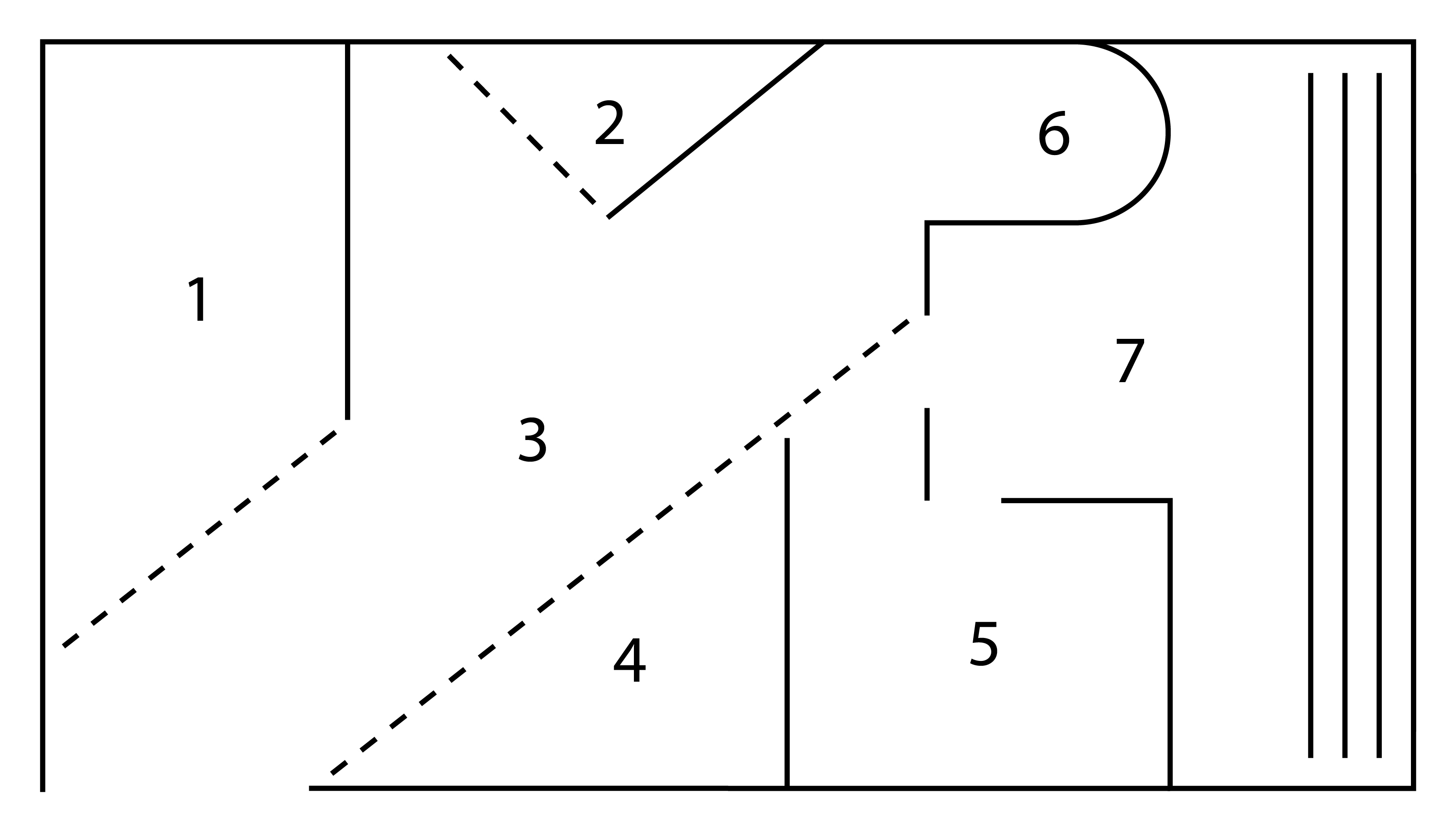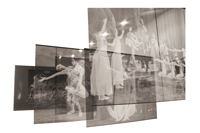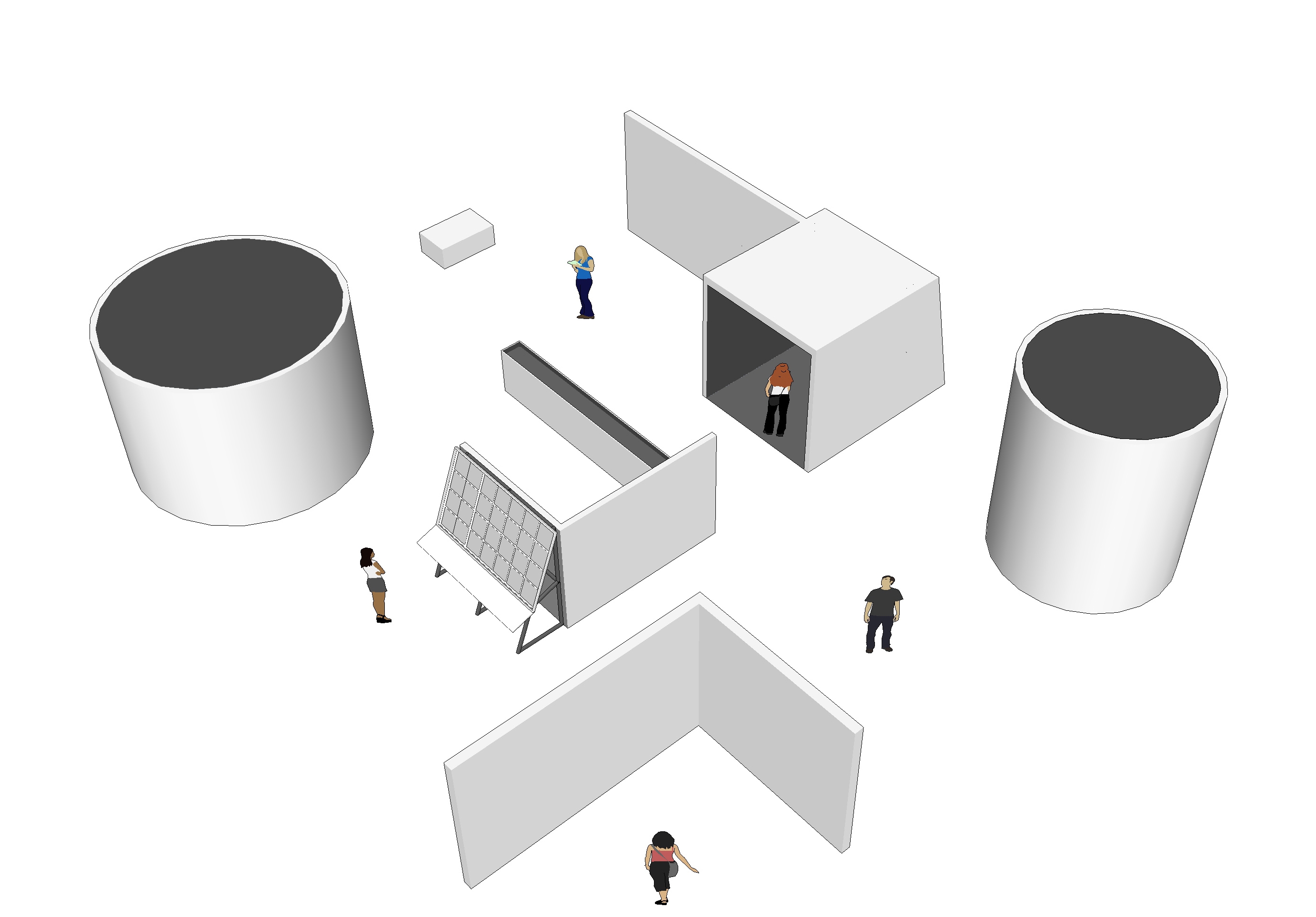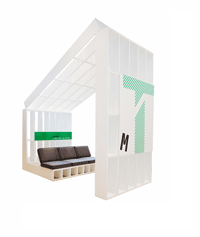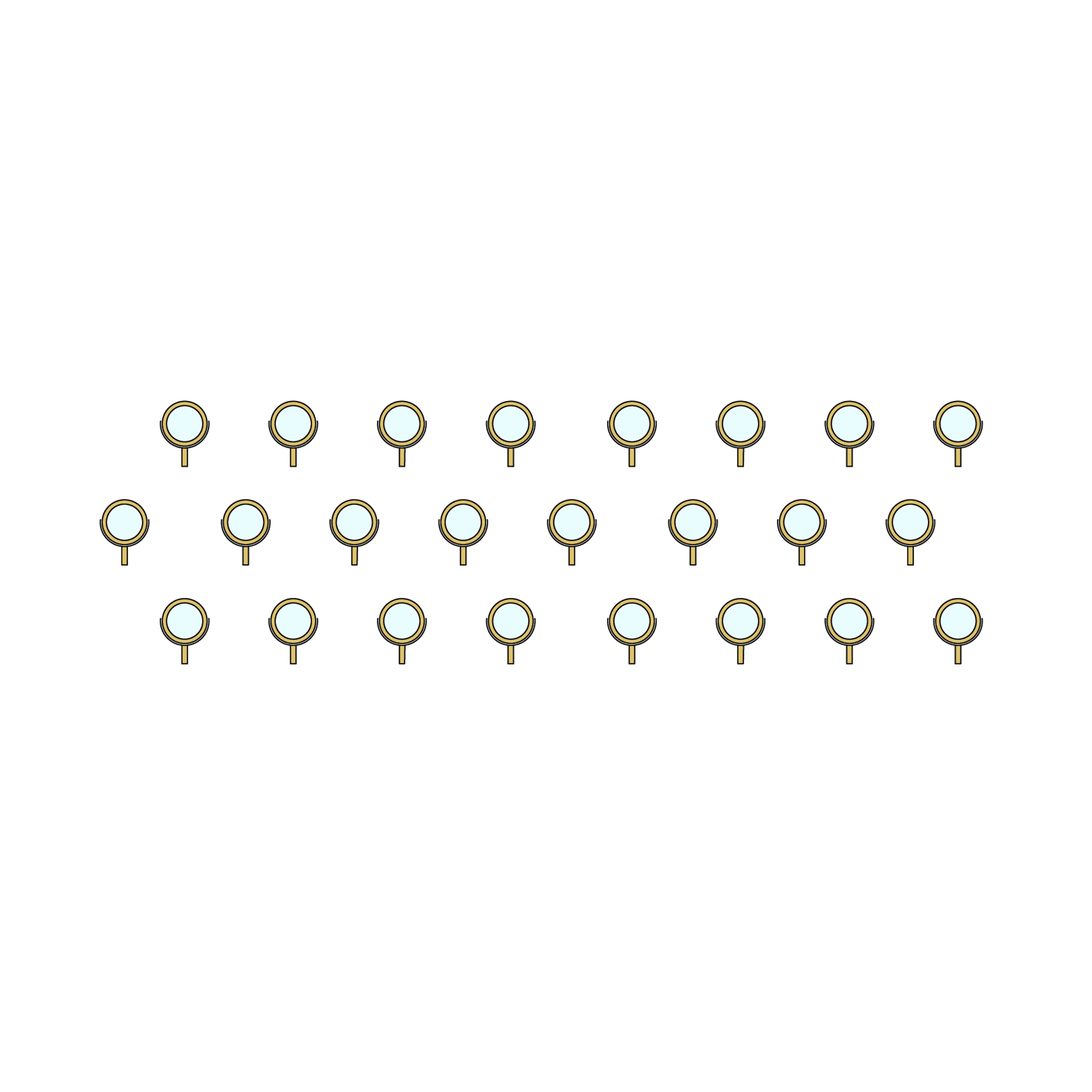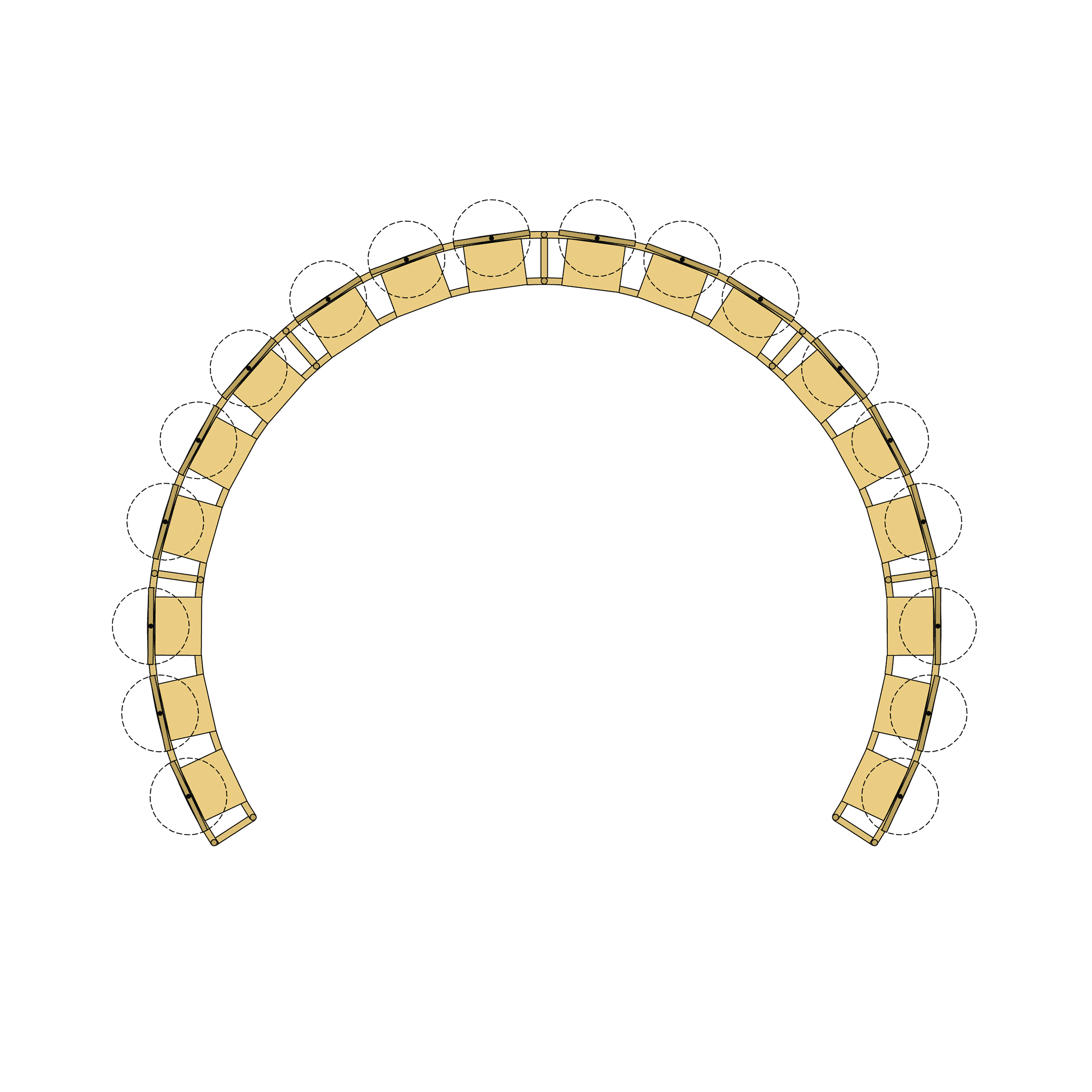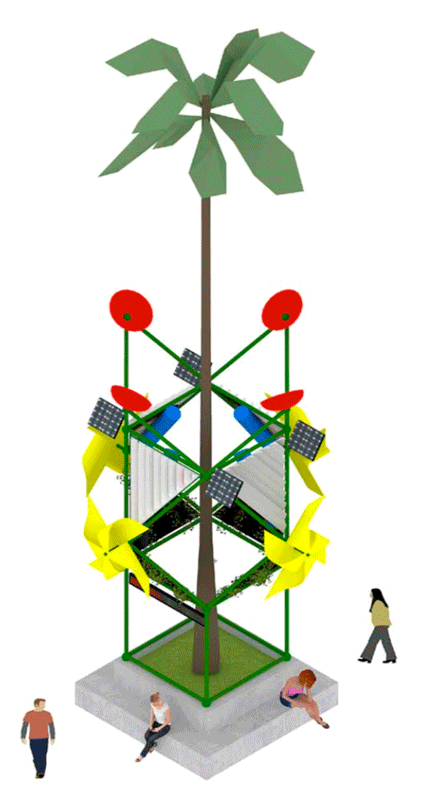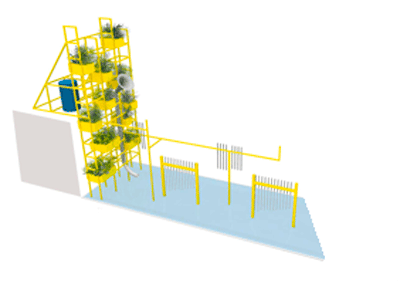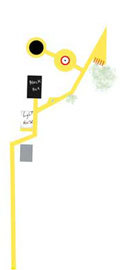Museo Morelense de Arte Contemporáneo (MMAC)
Curaduría: Carlos Prieto Acevedo
Constelaciones de la Audio-máquina en México explora la historia del sonido en estrecho diálogo con las artes visuales, la literatura, la pintura, el cine, la danza, la fotografía y la antropología desde comienzos del siglo XX hasta la actualidad. A través de cuatro núcleos: El indiofuturismo, Cosmopolis de México, Lo monstruoso y Emanaciones, la exposición aborda la práctica de diferentes artistas interesados en construir el proyecto del nacionalismo moderno, delineado por las fantasías utópicas de la metrópoli mexicana y del sueño cosmopolita en Latinoamérica. La muestra está conformada por pinturas, fotografías, archivos, grabados, documentos y proyectos de más de treinta artistas visuales y sonoros que han sido fundamentales para la historia del sonido en el país.
Para esta exposición exploramos con diferentes modos, niveles y dispositivos para contener y presentar el material sonoro, visual y documental de la exhibición. Se diseñaron espacios y dispositivos que ayudaran a una mejor interacción entre el público y las obras, desde salas cilíndricas a modo de bocinas que contuvieran totalmente el sonido dentro, espacios tipo sombras sonoras donde uno pueda oír solo al acercarse o recostarse contra el muro, y hasta pequeños nichos sonoros donde uno al sentarse dentro pueda oír y a la vez seguir viendo las obras de los muros.
Como siempre en este tipo de exposiciones donde existe sonido, obras visuales, esculturas y documentos organizamos los elementos de tal forma que compongan una constelación de artefactos en el espacio, y dado que esta sala se observa desde arriba a través de un ventanal antes de bajar, la distribución y composición general del espacio se pensó de una forma mas escultural donde la composición de sus volumetrías funcionaran desde arriba como un paisaje de dispositivos sonoros en movimiento.
